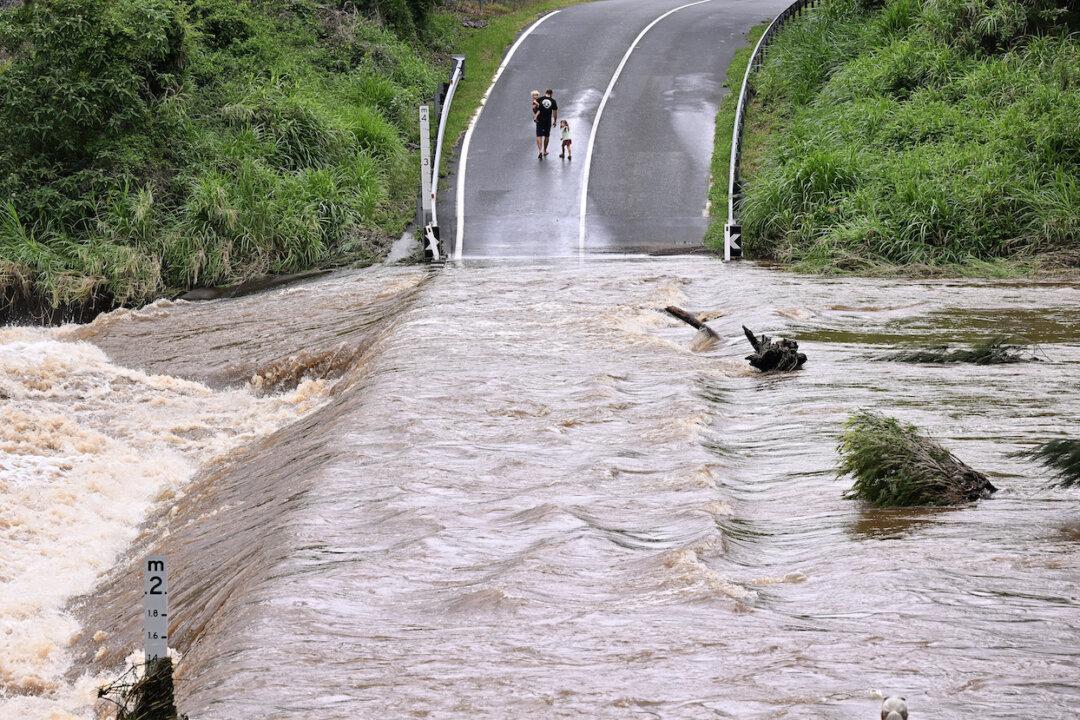Swathes of Australia’s east coast continue to be lashed by south-moving wild weather.
Already dealing with the aftermath of a week-long battering of severe storms, Queensland’s south-east faces the prospect of more rain on Jan. 3.

Swathes of Australia’s east coast continue to be lashed by south-moving wild weather.
Already dealing with the aftermath of a week-long battering of severe storms, Queensland’s south-east faces the prospect of more rain on Jan. 3.